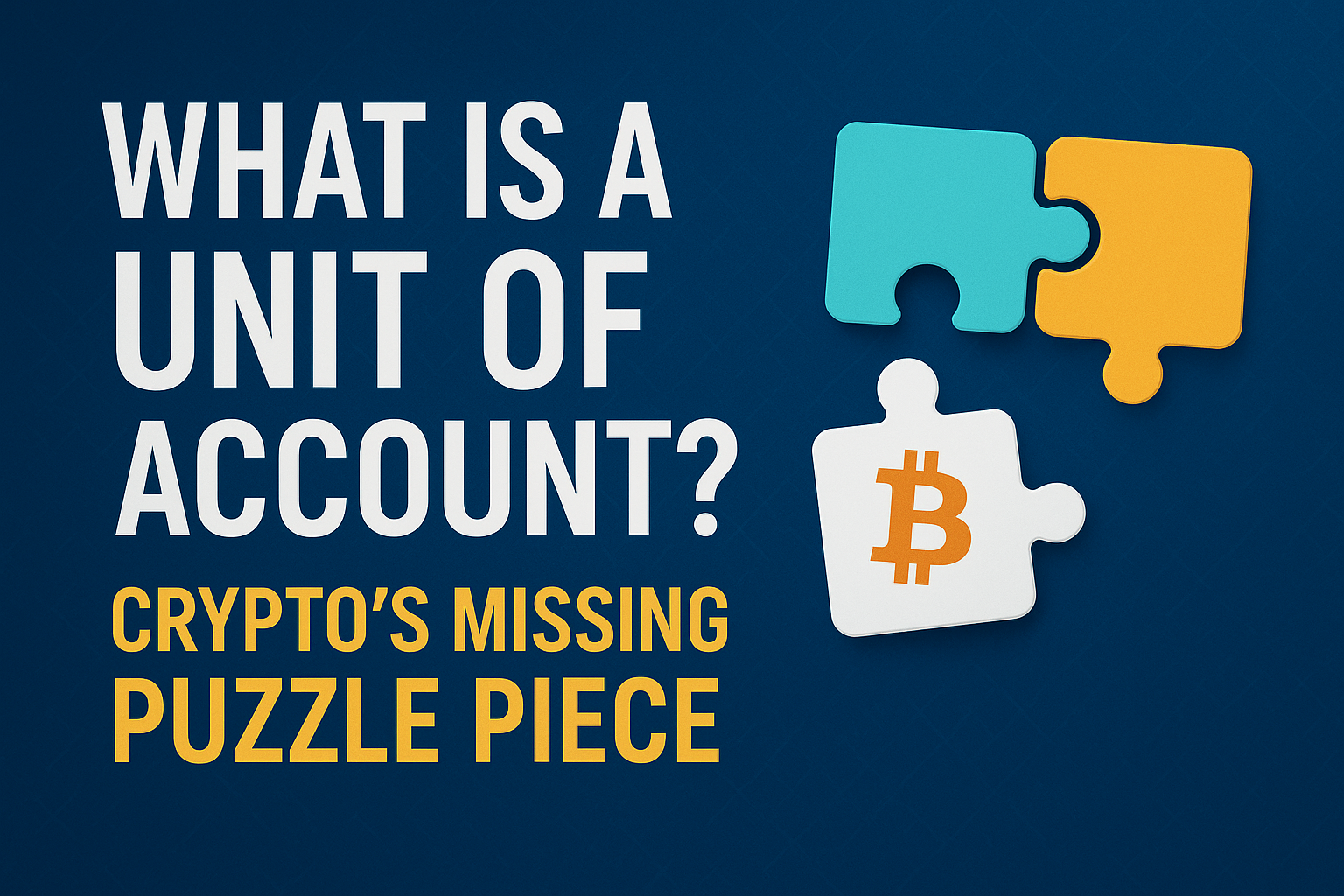On 28 June 2025, the crypto market took an unexpected turn when solana cardano xrp prices drop.
In just 24 hours, SOL went down by 12%, ADA saw a fall of 9% and XRP went down by around 7%.
This sudden drop shocked both investors and traders as the market had been relatively stable for the past few days.
This triple altcoin crash clearly showed that sentiment is fragile and to what extent the market reacts to external news.
Explore about How to Use Crypto30x.com Trust Wallet
Table of Contents
2. 24-Hour Damage Report: solana cardano xrp prices drop Analysis
If we look at the technical snapshot of the last 24 hours, SOL faced the most losses, falling from $157 to $137.
Cardano fell from $0.41 to $0.37, while XRP was seen trading around $0.49 to $0.455. Charts clearly show that panic selling was active, especially heavy red candles in SOL’s order books broke the liquidity zone.
XRP remained comparatively more stable, but momentum remained down across all three coins.
3. The Triggers: What’s Driving SOL, ADA, and XRP Sell-Offs?
There are some interconnected factors behind this crash. First, Bitcoin itself dropped below $61K, which had a direct impact on altcoins.
Another factor was the recent comment by the SEC where they used the term “unregistered securities” again, which people began to interpret as a threat against XRP and similar coins.
Moreover, on-chain data suggests that some whales transferred large volumes of tokens to exchanges, creating short-term selling pressure.
Apart from this, there was also a short-lived congestion issue on Solana’s network which further fueled the FUD.
4. Ripple Effect: How XRP’s Legal Woes Are Hurting Cardano & Solana
XRP’s ongoing legal battle with the SEC is adding to the regulatory uncertainty of the crypto market. Whenever there is a negative update in the case of XRP, the altcoin market reacts collectively.
Even projects like Cardano and Solana, which are the mselves decentralized and technically separate, face investor confidence disturbance.
The reason is simple people speculate that if XRP can be targeted, the rest of the projects are also not safe.
This fear-based sentiment pushed XRP as well as ADA and SOL into the bearish zone this time too.
5. Bitcoin Dominance Surge: Is the Altcoin Season Over?
Whenever Bitcoin dominance increases, it is almost certain that altcoins will come under pressure.
In today’s market situation, Bitcoin dominance has crossed 52%, which indicates that investors are going into “risk-off” mode.
This typically happens when people are uncertain or the market is in fear zone.
Tokens like SOL, ADA, and XRP are seen as speculative assets, and when macro or legal pressure increases, capital shifts to safe-haven assets – i.e. BTC.
6. Technical Breakdown: SOL, ADA, XRP Support Levels Shattered
SOL has broken its key support zone of $145, which was holding strong for the last 2 weeks.
Now the next support is seen near $128. ADA had a strong base at $0.39, which after breakdown is now testing the $0.35 level. XRP has broken the $0.46 level, which was critical for the short-term.
These ten coins followed a bearish pattern, and RSI levels are close to the oversold zone in all coins but there is no buying confirmation yet.

7. Whale Alert: Massive SOL, ADA, XRP Dumps Behind the Crash
On-chain trackers confirmed that some large whale wallets moved significant amount of tokens to exchanges before the crash.
For example, 500,000+ SOL was detected on the Binance wallet, after which the price took a dip of $20+. In ADA wallets too, 30M ADA was transferred to Binance and Kraken wallets.
90M tokens of XRP also moved to centralized exchanges on short notice. This clearly suggests that large holders did a planned sell-off, which spread panic in the market.
8. Social Sentiment Sinkhole: Fear Grips SOL, ADA, XRP Communities
Negative buzz prevailed on Crypto Twitter and Reddit when the market took a dip. Keywords like “network jammed” and “not reliable” kept trending for SOL. The narrative of “ghost chain” again surfaced in the ADA community. T
he mood of XRP supporters also turned defensive and funding rates went into the negative zone. Overall social sentiment data suggests trust has hit a temporary low point people are making mostly bearish or uncertain comments.
9. Comparative Pain: Did SOL, ADA, or XRP Hold Up Best?
If the losses are looked at objectively, XRP faced comparatively less decline. The reason could be that XRP demand remained slightly strong through RippleNet and ODL (On-Demand Liquidity).
SOL was most affected, mostly due to whales sell-off and short-term network issues. ADA remained in moderate loss, but its public perception and developer activity were already low, this is the reason so the price resistance was weak. Tino coins faced a crash, but XRP showed relative stability.
10. Rebound Roadmap: Trading Strategies for SOL, ADA, XRP Holders
The first thing that people who are still invested in these coins should do is to pay attention to clear support levels and avoid panic selling.
If SOL stabilizes at $128, a small DCA (dollar-cost averaging) strategy can be used. For ADA, $0.35 is a make-or-break zone a dip below this is possible.
If XRP holds $0.455, a short-term bounce is possible, especially if legal news remains neutral. It is important for traders to strictly use stop-loss and keep an eye on BTC dominance.
What is the reason for Solana Cardano XRP prices drop?
The main reason for Solana Cardano XRP prices drop is the market-wide panic caused by Bitcoin’s fall, regulatory pressure from the SEC, and whale sell-offs. These three factors shook investors’ confidence, which directly affected the altcoins.
Is recovery possible after Solana Cardano XRP prices drop?
Yes, but recovery will depend on market sentiment and macro updates. If Bitcoin remains stable and negative news slows down, then SOL, ADA, and XRP could provide a short-term rebound — especially XRP which is close to legal clarity.
Has Solana Cardano XRP prices drop ended the altcoin season?
Solana Cardano XRP prices drop has definitely put the altcoin season on pause. Loss of Bitcoin dominance signals that investors are now shifting from risky assets to safe-haven assets.
What was the impact of whale activity on Solana Cardano XRP prices drop?
Whales shifted massive volumes to exchanges — such as 500K+ SOL and millions of ADA/XRP — which created a sudden supply pressure. This activity accelerated the Solana Cardano XRP prices drop in the short-term.
What should long-term holders do after Solana Cardano XRP prices drop?
Long-term holders should avoid panic selling and monitor key support levels. If fundamentals are stable, it is better to wait for recovery by using DCA (Dollar-Cost Averaging) strategy.






